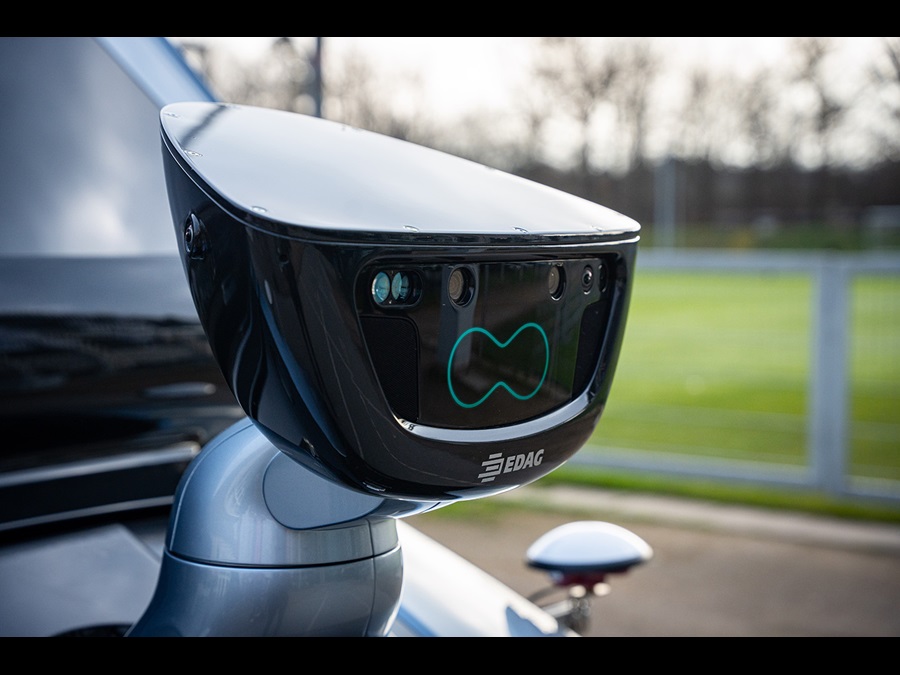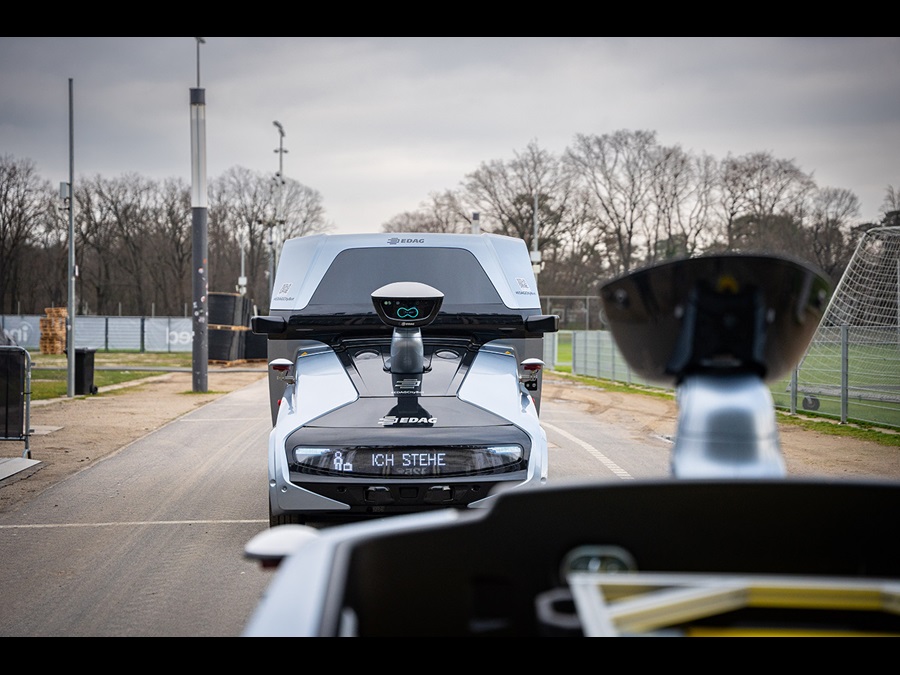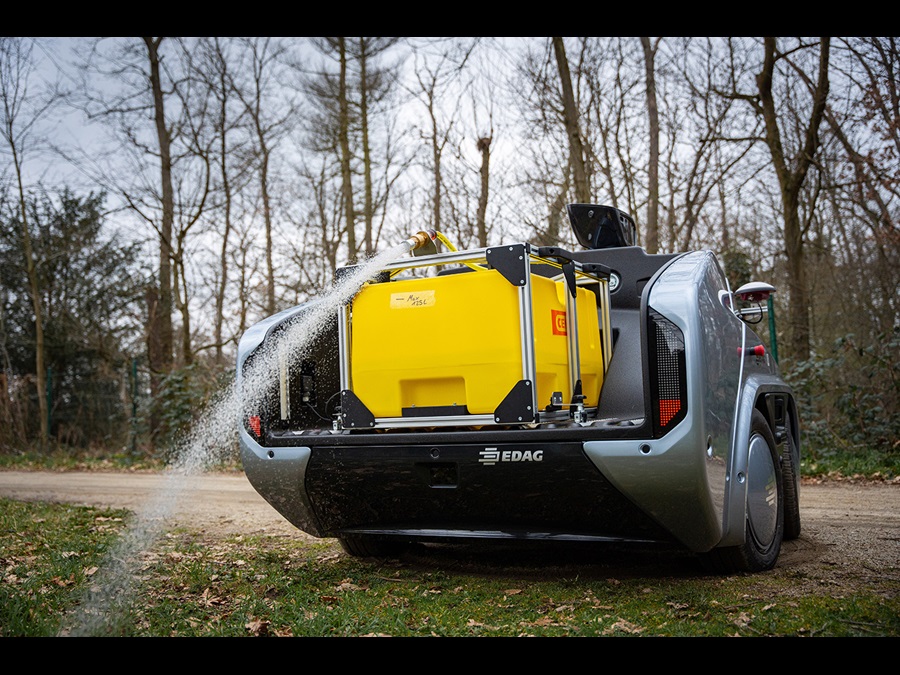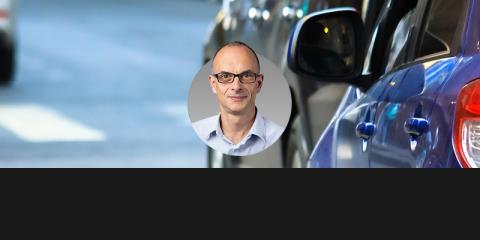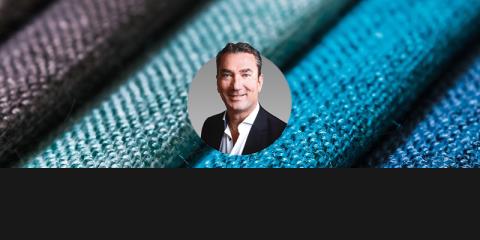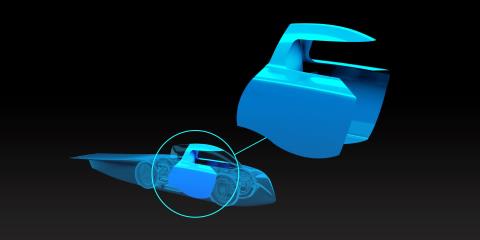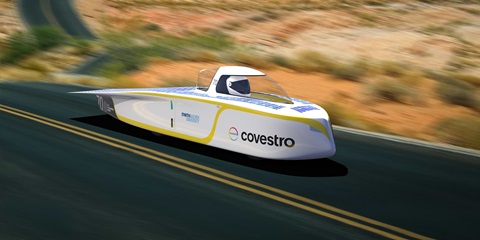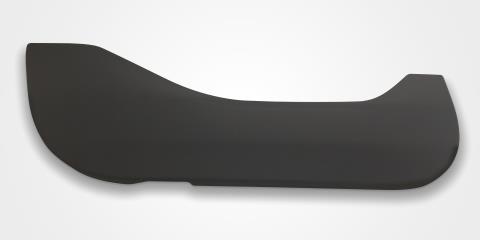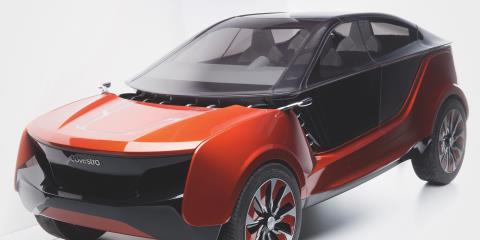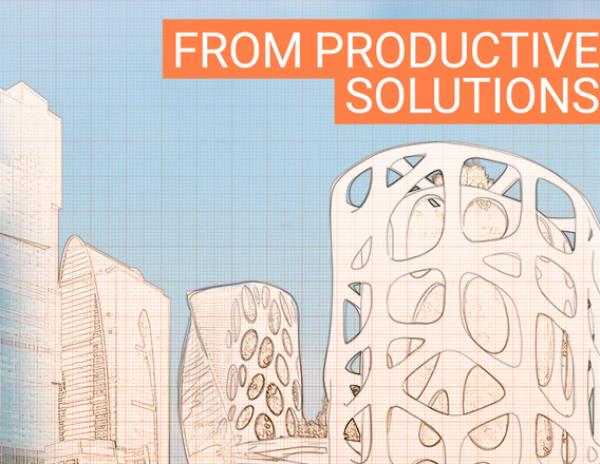

On the road to autonomous mobility together
January 1, 2024
Why and how autonomous vehicles like CityBot can transform cities
1. How are megatrends like urbanization, sustainability, and digitalization driving autonomous vehicle development?
By 2050, an estimated 68% of the world’s population will live in cities.[1] With this density of people comes more traffic, increased emissions, and a higher probability of accidents involving vehicles.
Autonomous vehicles can help address these challenges by reducing the number of cars on the road and, in turn, emissions. For instance, we think CityBot could reduce the number of cars in some operational areas by 80%.[2] If connected to a software system using digitalization, these vehicles can also be coordinated to further reduce congestion, improving citizens’ quality of life.
To realize this positive impact, autonomous vehicles will need to comply with regulations around safety, liability, tele-assistance, social continuity, cybersecurity, and data protection. They’ll also need to be accepted by citizens. To this end, we’ve conducted citizen acceptance tests in several countries.
“For public vehicles – such as public transportation, delivery vehicles, and machines – there is a particularly strong business case for the increased efficiency that autonomous mobility can provide. If the same vehicle can be used for more than one function, efficiencies increase even further.”
2. What possibilities are opening up for autonomous vehicles to make our lives more efficient?
Autonomous mobility has been a dream since the 1950s – but until recently, development has been limited. This is still the case for private vehicles, where the main benefit of autonomous mobility is convenience – so it’s difficult to build a strong enough business case.
But for public vehicles, there is a much stronger business case for the increased efficiency that autonomous vehicles can provide. This is because in most of these applications, the autonomous vehicle can help address labor shortages. Examples include public transportation, goods transportation, delivery services, and machines for tasks like waste collection and road sweeping.
If the same vehicle can be used for more than one of these functions, efficiencies increase even further. That’s why we designed CityBot to be modular. Its adaptable base gets a high operational time, avoiding inefficiencies from any individual application having an ‘off-peak’.
Airports provide a great use case for CityBot, so we’re concentrating on them first. By substituting just half of the vehicles across the world’s mega airports, we think we could see 600,000 CityBots at airports within the next 5 years. Longer-term and more widely, we think we could see 4.5 million CityBots across the world’s 90 metropolitan regions within the next 10 years.
To realize this potential fully, we’ll need sufficient financial investment in CityBot, so that we can make the developments needed for the technology to reach market maturity.
3. Why is partnership essential for autonomous vehicle solutions?
To be viable at scale, autonomous vehicles will need to be accepted by a wide range of stakeholders. This includes policymakers, technology and industry associations, insurance companies, end-users, and citizens more generally. Meeting the needs of these various groups will require a range of expertise, so we’ll need to work with players across the value chain to be successful.
For example, we need to partner with the right raw material suppliers to deliver properties such as low weight, cleanability and refurbishability, improved sustainability, and vandalism protection.
Partnership will also be essential in obtaining the required regulatory approvals and certifications, as well as standardizing these across regions. Legislative change tends to happen slowly, so we’ll need to work together to push forward these approvals. Together, I’m confident that we can make life more efficient and enjoyable with autonomous public vehicles. CityBot in airports is just the beginning!
For more information, please visit: https://www.edag-citybot.de/en/
Sources
[1] Source: https://www.un.org/uk/desa/68-world-population-projected-live-urban-areas-2050-says-un
[2] Based on EDAG’s own projections and this estimate from the Statistisches Bundesamt

